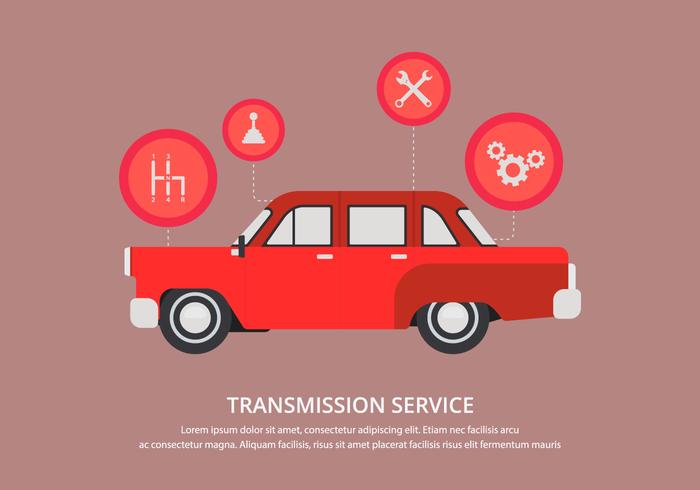Grasping The Relevance Of Your Cars And Truck'S Warning Signals: What They In Fact Represent
Grasping The Relevance Of Your Cars And Truck'S Warning Signals: What They In Fact Represent
Blog Article
Article Created By-Lim Gilbert
When you lag the wheel, those glowing caution lights on your dashboard can be a little bit complicated. Do you understand what they're trying to inform you concerning your automobile's health? Understanding the value of these lights is essential for your safety and security and the longevity of your vehicle. So, the following time among those lights turns up, wouldn't you intend to analyze its message properly and take the required actions to address it?
Common Warning Lighting and Interpretations
Identify usual warning lights in your vehicle and understand their significances to guarantee risk-free driving.
The most normal caution lights include the check engine light, which signals concerns with the engine or exhausts system. If this light comes on, it's crucial to have your vehicle checked immediately.
The oil stress alerting light shows low oil pressure, calling for prompt interest to prevent engine damage.
A flashing battery light could recommend a defective charging system, potentially leaving you stranded otherwise attended to.
https://ecuremappingnearme84061.bloggerbags.com/37348210/the-ease-of-mobile-auto-outlining-changes-your-lorry-s-look-yet-is-it-as-efficient-as-conventional-techniques-discover-the-fact-behind-this-solution (TPMS) light notifies you to reduced tire pressure, influencing lorry stability and gas effectiveness. Neglecting https://www.prnewswire.com/news-releases/a-678-5-billion-global-opportunity-for-automotive-repair-and-maintenance-services-by-2026---new-research-from-strategyr-301505615.html might lead to unsafe driving conditions.
The ABS light shows an issue with the anti-lock braking system, endangering your capacity to quit quickly in emergency situations.
Finally, the coolant temperature level warning light warns of engine overheating, which can lead to severe damages otherwise solved swiftly.
Comprehending these typical caution lights will help you attend to problems quickly and preserve risk-free driving problems.
Relevance of Prompt Interest
Recognizing the common warning lights in your cars and truck is only the first step; the relevance of quickly attending to these warnings can't be stressed enough to ensure your safety and security on the road.
When a warning light brightens on your control panel, it's your vehicle's method of interacting a prospective issue that needs attention. Overlooking these cautions can lead to extra extreme troubles in the future, jeopardizing your safety and possibly costing you extra in repairs.
Prompt focus to advising lights can avoid break downs and mishaps. For example, a blinking check engine light can indicate a misfire that, if left ignored, can create damage to the catalytic converter. Resolving this immediately can save you from a pricey repair service.
In a similar way, a brake system cautioning light might signal low brake liquid or worn brake pads, vital elements for your safety and security when driving.
Do It Yourself Troubleshooting Tips
If you discover a warning light on your dashboard, there are a few do it yourself repairing suggestions you can try prior to seeking professional assistance.
The initial step is to consult your automobile's manual to understand what the certain warning light suggests. Sometimes the concern can be as simple as a loose gas cap activating the check engine light. Tightening the gas cap might fix the trouble.
One more usual problem is a low battery, which can set off numerous cautioning lights. Inspecting the battery connections for corrosion and ensuring they're protected could take care of the issue.
If a warning light persists, you can try resetting it by detaching the cars and truck's battery for a couple of minutes and after that reconnecting it. Additionally, checking your vehicle's liquid levels, such as oil, coolant, and brake fluid, can help repair alerting lights connected to these systems.
Verdict
Finally, comprehending your cars and truck's warning lights is important for maintaining your automobile running efficiently and securely. By without delay addressing these signals and recognizing what they imply, you can stay clear of pricey fixings and potential failures.
Bear in mind to consult your automobile's guidebook for particular information on each cautioning light and do something about it accordingly to make sure a trouble-free driving experience.
Stay educated, remain risk-free when driving!
